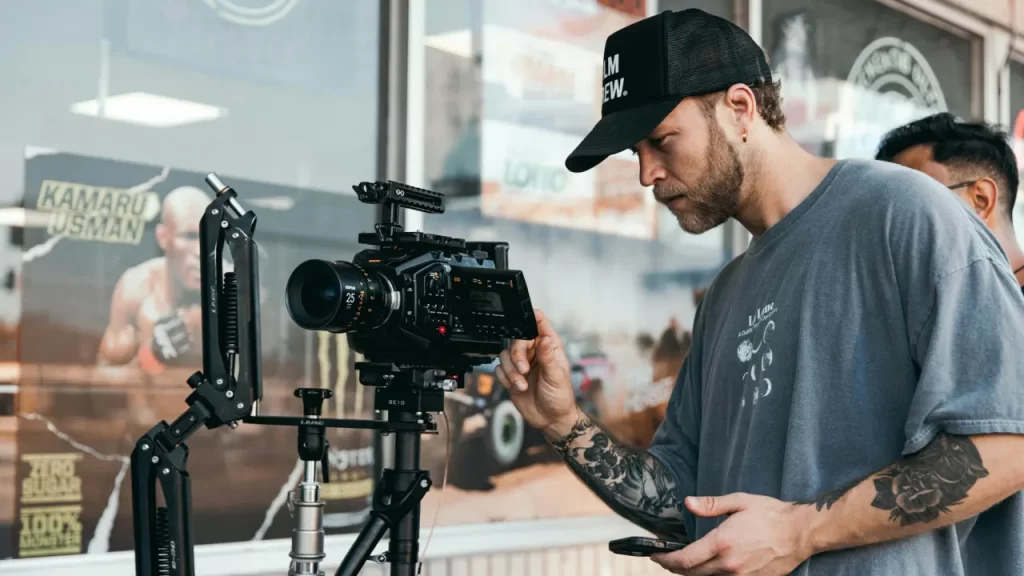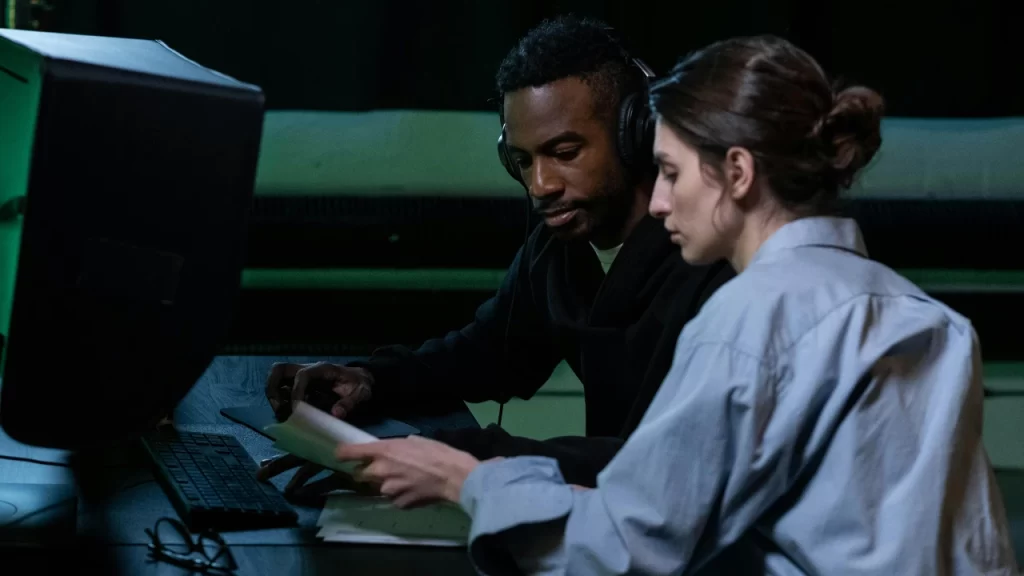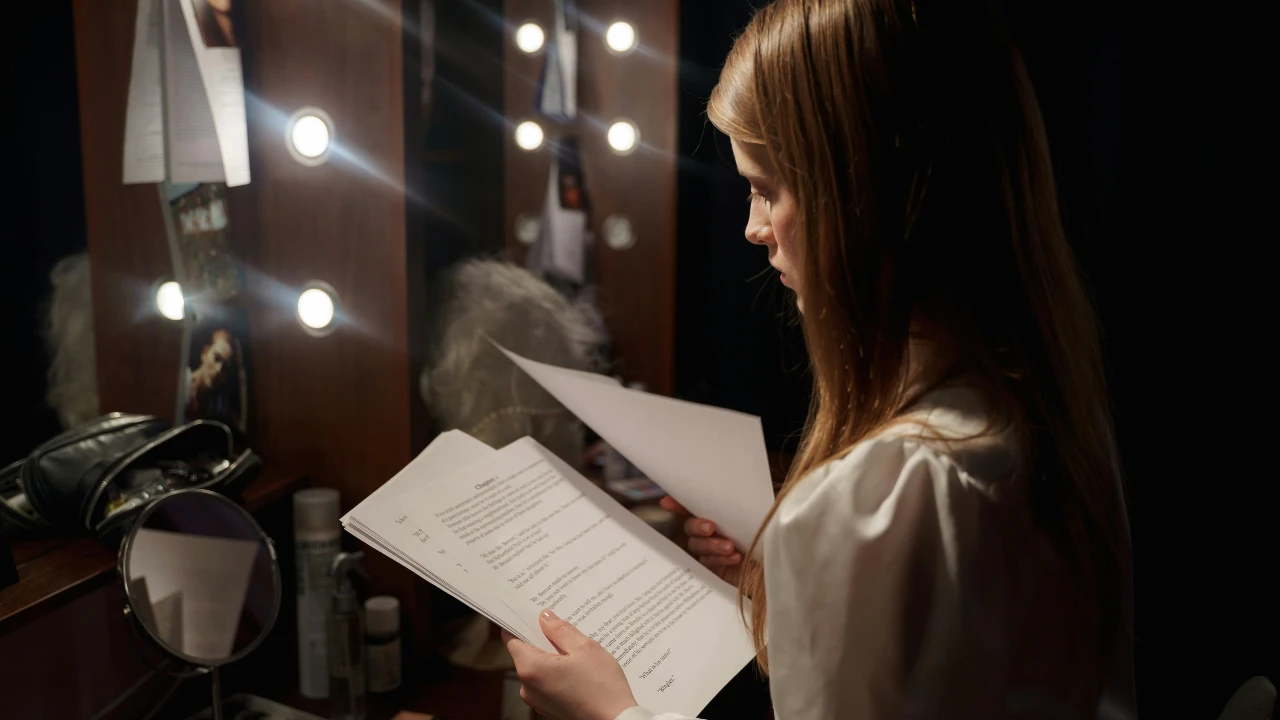Documentaries have long been a powerful medium for storytelling, capturing real-life events, personalities, and issues with an authenticity that resonates with audiences worldwide. They are not just a form of entertainment but also a vital tool for education and advocacy. The question of how to make a documentary video is more than just a technical query; it’s about understanding the role documentaries play in influencing public perception, sparking discussions, and driving change. Through careful research, planning, and execution, filmmakers can create documentaries that leave a lasting impact.
Step 1: Research and Planning
Choose Your Topic
The first and perhaps most crucial step in how to make a documentary video is choosing the right topic. This decision will shape every other aspect of your project. The topic should be something you are passionate about, as well as something that has a clear and compelling story to tell. Whether it’s a social issue, historical event, or personal journey, the topic needs to have depth and relevance.
When selecting your topic, consider its uniqueness and the potential audience interest. Does this story need to be told? What new perspective can you bring? Answering these questions will help you choose a topic that is both meaningful and engaging.
Conduct Thorough Research
Once you’ve chosen your topic, the next step in how to make a documentary video is to conduct thorough research. This involves gathering information from a variety of sources, including books, articles, interviews, and archival footage. The goal is to build a comprehensive understanding of your subject matter, which will inform the narrative structure and content of your documentary.
Incorporating diverse perspectives is crucial. If you’re telling the story of a historical event, for instance, ensure you consult multiple sources to provide a balanced view. This research phase will also help you identify potential interview subjects and locations, as well as uncover little-known facts that can add depth to your documentary.
Define Your Objective
Defining your objective is a key part of how to make a documentary video. What do you want your audience to take away from your documentary? Are you trying to inform, persuade, or simply tell a story? Clear objectives will guide your narrative and help you stay focused during the filmmaking process.
For example, if your documentary is about climate change, your objective might be to raise awareness about the issue and inspire action. By clearly defining this goal, you can shape your content to ensure it aligns with your purpose, making your documentary more effective and impactful.
Create a Documentary Script
With your research in hand and objectives defined, the next step in how to make a documentary video is to create a script. Unlike scripts for fictional films, documentary scripts are often more fluid, evolving as the project progresses. However, having a strong script at the outset helps in organizing your thoughts and ensuring that all necessary points are covered.
Your script should outline the narrative arc, key interviews, and crucial scenes. It should also include ideas for visual elements and how they will complement the storytelling. Even though documentaries are often shaped by real-time events, having a solid script provides a roadmap that keeps your project on track.
Step 2: Pre-Production

Budgeting and Funding
Pre-production is where the logistical aspects of how to make a documentary video come into play. One of the first tasks is to establish a budget. Documentary filmmaking can be expensive, so it’s important to create a detailed budget that accounts for all potential costs, including equipment, travel, post-production, and distribution.
Securing funding is another critical aspect. Depending on your project, you may seek funding from grants, sponsors, or crowdfunding platforms. Aligning with a documentary video production company can also provide financial backing and resources that can make the production process smoother.
Assembling Your Team
Assembling a skilled team is essential in how to make a documentary video. Your team should include a director, producer, cinematographer, sound engineer, and editor. Depending on the scope of your project, you might also need specialists in areas such as animation, which can be sourced from companies offering 3d technical animation services in India.
Choosing the right people for your team can make or break your documentary. Look for individuals who are not only talented but also passionate about the subject matter. A cohesive team with a shared vision will ensure that the production runs smoothly and that the final product is of high quality.
Location Scouting and Permissions
Location scouting is a critical part of pre-production. The locations you choose will serve as the backdrop for your documentary and can significantly impact the visual storytelling. When considering how to make a documentary video, it’s important to select locations that are not only relevant to your subject matter but also visually appealing.
Obtaining the necessary permissions is also crucial. Filming in certain locations may require permits or special permissions, especially if you’re working in public spaces or sensitive areas. Early planning can help you avoid legal issues and ensure that your shoot goes off without a hitch.
Scheduling and Planning
A well-thought-out schedule is vital in how to make a documentary video. This includes planning shoot dates, coordinating with interview subjects, and ensuring that all equipment and personnel are available when needed. A detailed schedule helps in managing time effectively and staying on budget.
In addition to a shooting schedule, you should also create contingency plans for unexpected challenges, such as bad weather or equipment failure. Being prepared for the unexpected ensures that your production stays on track, even when things don’t go as planned.
Step 3: Filming Your Documentary
Equipment Essentials
The quality of your documentary depends heavily on the equipment you use. When considering how to make a documentary video, investing in high-quality cameras, microphones, and lighting equipment is crucial. This ensures that your footage is clear and professional, which is important for both credibility and viewer engagement.
While some filmmakers choose to work with a video production company in Bangalore to access professional-grade equipment, others may prefer to purchase or rent their own. Regardless of the approach, ensuring that your equipment is reliable and suitable for your specific needs is key to capturing high-quality footage.
Interview Techniques
Interviews are often the heart of a documentary, providing personal insights and expert opinions that drive the narrative. Mastering interview techniques is an essential skill in how to make a documentary video. This includes preparing thoughtful questions, creating a comfortable environment for the interviewee, and being an active listener.
Interviews should feel natural and conversational rather than scripted. This approach encourages interviewees to open up and share their true thoughts and feelings, leading to more authentic and compelling content. Filming multiple takes from different angles can also provide more editing options later.
Capturing B-Roll
B-roll is the supplemental footage that supports the main narrative of your documentary. It includes shots of locations, objects, and activities related to your subject matter. Capturing effective B-roll is a crucial step in how to make a documentary video, as it helps to break up interview footage and adds visual interest.
When planning your B-roll, think about what visuals will best complement your story. For example, if your documentary is about environmental conservation, B-roll of natural landscapes, wildlife, and pollution can help to visually convey your message. The key is to ensure that your B-roll is relevant and enhances the overall narrative.
Dealing with Challenges
Every documentary production faces challenges, whether it’s technical issues, uncooperative weather, or scheduling conflicts. A key part of how to make a documentary video is being adaptable and resourceful. Having contingency plans in place and maintaining a flexible attitude can help you navigate these challenges successfully.
It’s also important to maintain open communication with your team. This ensures that everyone is on the same page and can work together to solve any problems that arise. Remember, challenges are a natural part of filmmaking, and overcoming them is what makes the final product so rewarding.
Step 4: Post-Production

Editing Your Documentary
Post-production is where your documentary truly comes to life. Editing is a meticulous process that involves selecting the best footage, arranging it in a coherent sequence, and refining the narrative. Mastery of editing is essential in how to make a documentary video, as this is where the story is crafted and polished.
Editing also involves cutting unnecessary scenes, adding transitions, and ensuring that the pacing of the documentary is just right. The goal is to create a seamless narrative that keeps the audience engaged from start to finish. Collaborating with a skilled editor or a 2d animation company in India can also add visual elements that enhance the storytelling.
Adding Narration and Music
Narration and music play a significant role in setting the tone and mood of your documentary. When considering how to make a documentary video, it’s important to choose a narrator whose voice complements the subject matter. The narration should be clear, concise, and aligned with the overall narrative.
Music should be selected carefully to match the emotional tone of the documentary. It should enhance the story without overpowering it. Consider working with a branded content video production company to source or create original music that fits perfectly with your documentary’s theme.
Color Correction and Sound Design
Color correction and sound design are the final touches that give your documentary a polished, professional look and feel. Color correction ensures that the footage is consistent and visually appealing, while sound design enhances the audio quality, ensuring that dialogue, music, and sound effects are balanced and clear.These elements are crucial in how to make a documentary video because they elevate the production value, making your documentary more engaging and enjoyable for the audience. Attention to detail in these areas can make a significant difference in how your documentary is perceived.
Step 5: Distribution and Promotion
Choosing the Right Platform
The distribution strategy is a critical component of how to make a documentary video. The platform you choose to distribute your documentary will depend on your target audience and your overall goals. Options include streaming services, film festivals, and educational platforms.
Each platform has its own advantages. For instance, streaming services offer a broad audience reach, while film festivals provide opportunities for networking and recognition. Consider partnering with a Corporate Video Production Company in India to navigate the distribution landscape and maximize your documentary’s reach.
Marketing Strategies
Effective marketing is essential for ensuring that your documentary reaches its intended audience. This includes creating trailers, posters, and engaging social media content. Utilizing Animated Video Service can help create eye-catching promotional materials that stand out.
Engage with your audience early and build anticipation for your documentary. Use social media platforms to share behind-the-scenes content, interviews with participants, and teasers. A well-executed marketing strategy can significantly boost the visibility and success of your documentary.
Getting Feedback
Feedback is invaluable in the process of how to make a documentary video. Screen your documentary to a test audience before finalizing it. This can provide insights into how your documentary is received and highlight any areas that may need improvement.
Constructive criticism can help you refine your documentary before its official release, ensuring that it resonates with the intended audience. Feedback can also be used to make necessary adjustments in the marketing and distribution phases.
Conclusion
The journey of how to make a documentary video is a complex yet rewarding one. From the initial research and planning stages to the final touches in post-production and distribution, every step is crucial in creating a documentary that informs, entertains, and inspires. By following these steps and paying attention to the details, you can create a documentary that not only tells a compelling story but also leaves a lasting impact on its viewers.
Whether you are working with a video production company in Bangalore or producing unique content for YouTube, the principles of documentary filmmaking remain the same. With passion, dedication, and the right approach, you can craft a documentary that stands out in the crowded landscape of modern media.


Leave a Reply